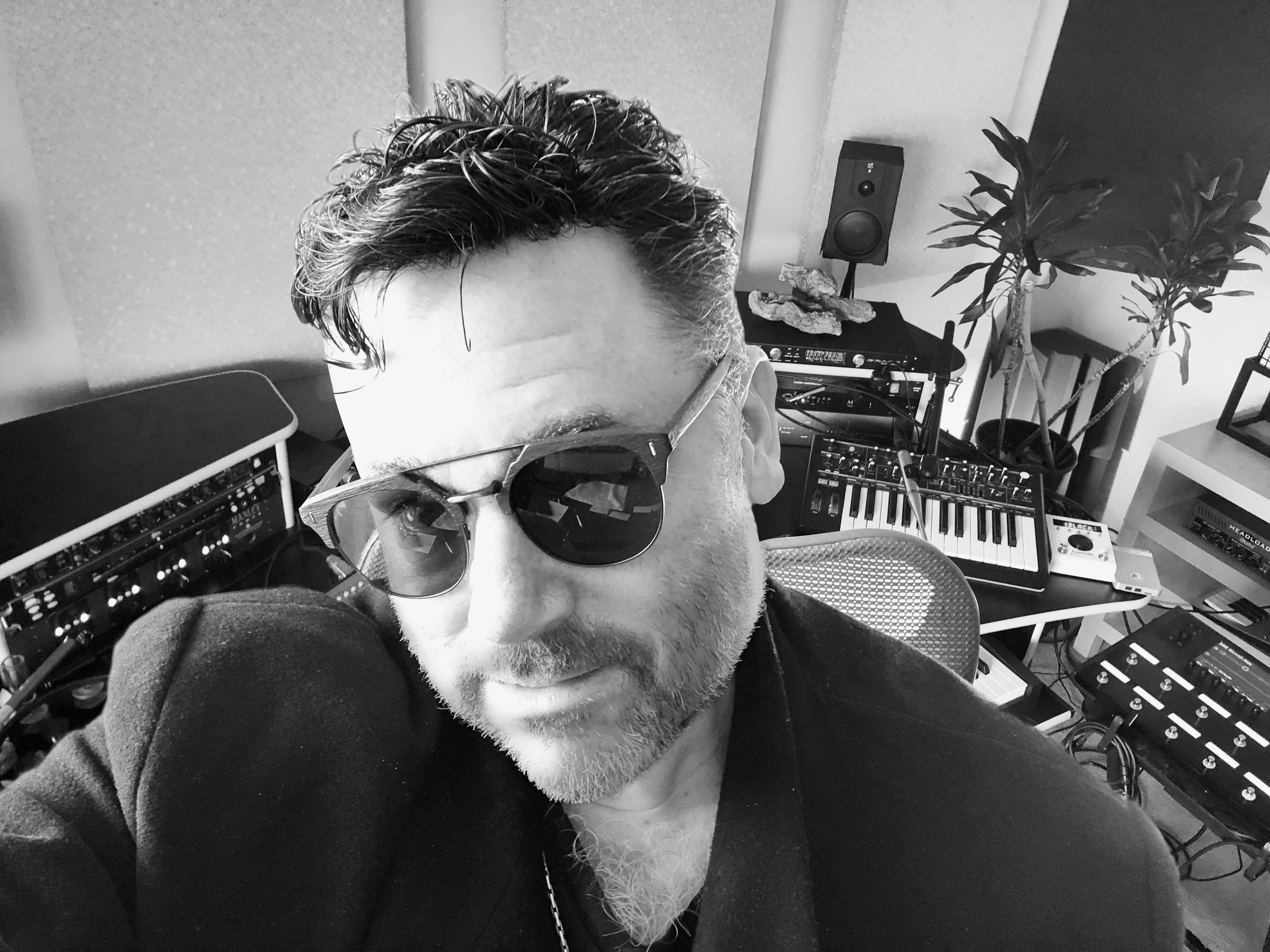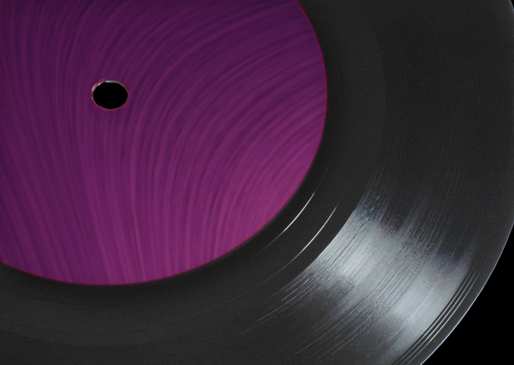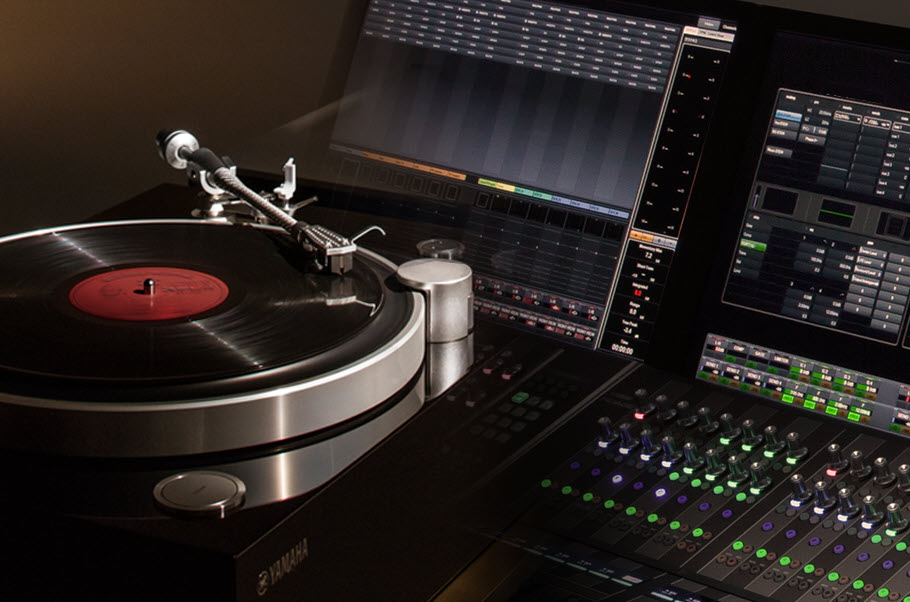How Does a Vinyl Record Make Sound?
Get your groove on.
Vinyl records may have been around for over 100 years, but it’s a format that’s still going strong. Whether it’s the tactile feel of holding an actual record in your hands, the joy of laying down the stylus needle or just the pleasure of sitting back and hearing a great recording while enjoying cover art and reading extensive liner notes, vinyl provides an experience unlike any other.
Making Waves
Listening starts with sound waves, which are simply vibrations in the air. A vinyl record provides an analog representation of those waves.
The trick is that these sound waves have to get from the recording studio — where the musicians create, produce and mix the music — onto a vinyl record that you can play in your home. (Today’s records are actually made of polyvinyl chloride, which is a type of plastic; nonetheless, many people simply refer to them as “vinyl”.) The process is quite fascinating.
Onto the Lathe
Once a final mix is created (whether digitally or on analog tape), it is played back and the signal routed into a device called a cutting lathe; this usually occurs at a specialized facility called a mastering studio. Using a diamond needle, the lathe cuts a continuous spiral groove into an aluminum disc covered in lacquer; this groove, which runs from the outside of the disc to the inside, is an analog representation of the sound waves.
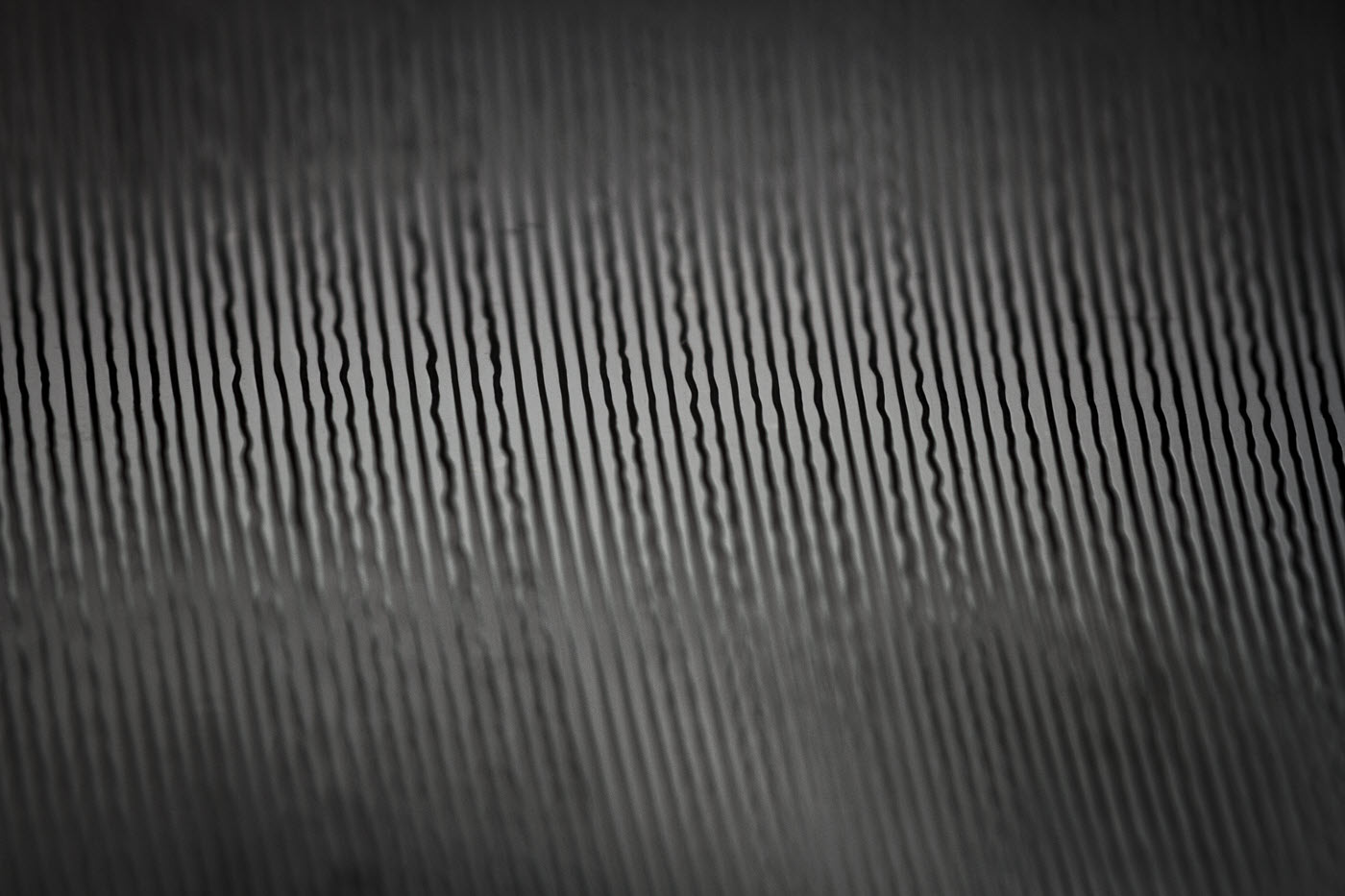
The groove is actually V-shaped, and each side of the groove “wall” carries one of the stereo signals. The right channel is carried by the side closest to the outside of the record, and the left is carried by the inside wall. The frequency and amplitude (volume) information are a reflection of the groove’s width and depth. If there’s too much bass, a needle could literally jump out of the groove! It’s the job of the mastering engineer to get it just right when doing the transfer to vinyl.
Once a lacquer master has been created on the lathe, it is used to make a metal stamper, which has ridges instead of grooves — almost like a perfect “negative” copy of the lacquer. The stamper is then loaded into a hydraulic press and pushed into soft vinyl to create the final record, which typically comes in 7-, 10- and 12-inch diameters.
The Record Player
Record players (commonly called turntables, for reasons I’ll explain in a moment) are electromagnetic devices that convert the vibrations encoded in the grooves of the vinyl into electrical signals. The record is placed on a turntable, which is a circular plate usually covered with rubber to prevent scratching. The turntable then rotates via a belt or direct drive system to spin the record at a set speed of 33 1/3, 45 or 78 RPM (Revolutions Per Minute).
The actual transformation of energy is the job of the cartridge, to which is attached a stylus — a needle made of a hard substance like a small piece of industrial diamond. These sit on the end of a tone arm mounted on the record player; as the record spins, the tone arm follows the grooves and spirals inward. (Note that the size and shape of the tone arm can also affect audio quality.) As it does so, the stylus “rides” in the grooves carved in the vinyl, which carry the amplitude and frequency of the audio, as well as the left and right stereo information. The vibrations picked up by the stylus travel to the cartridge, where they are converted to an electrical signal.
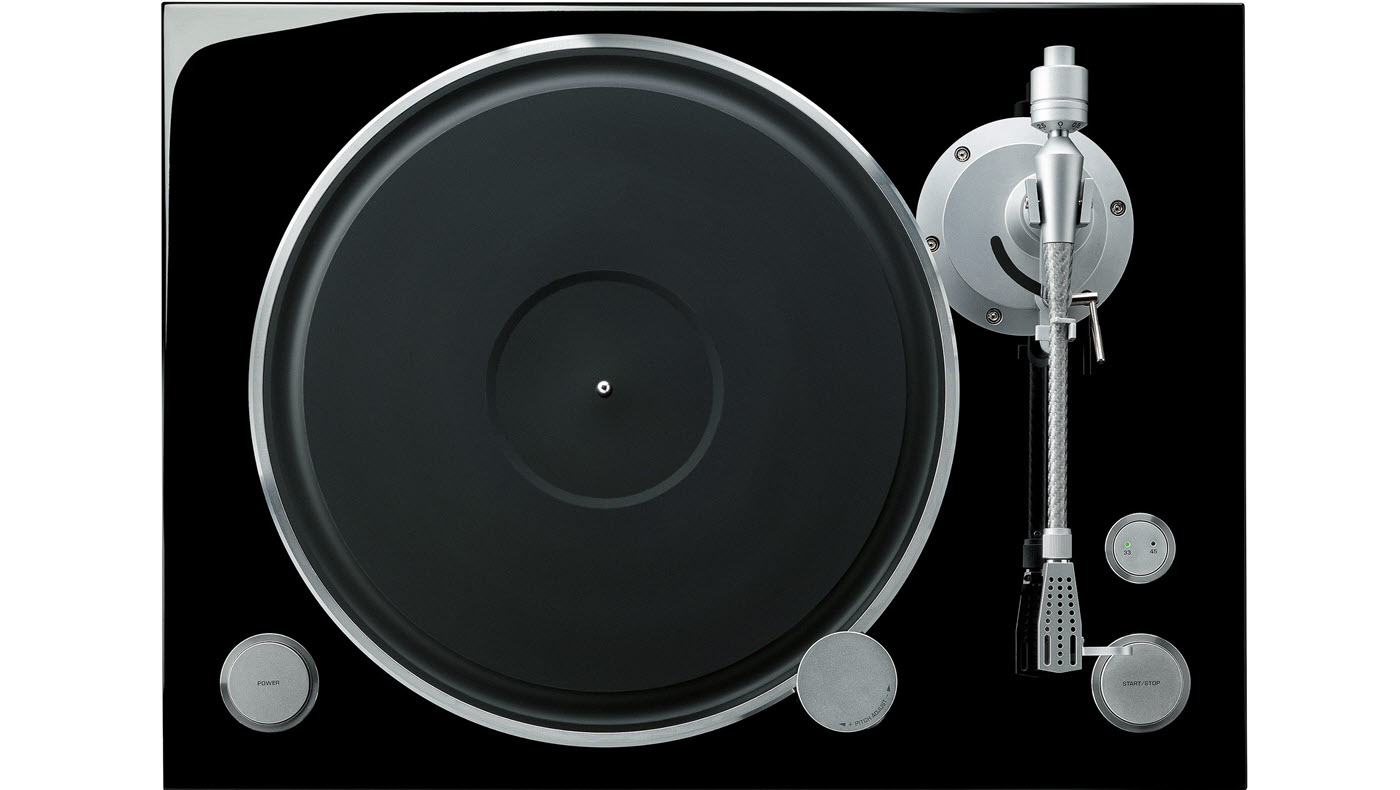
Cartridges come in two types: moving magnet (MM) and moving coil (MC), each of which have slightly different output levels. Your receiver amplifies the electrical signals generated by the cartridge to the level necessary to drive loudspeakers and/or headphones.
The Preamp
If your record player has a phono preamp stage, it can be connected to a dedicated phono input on your receiver, if it has one. This not only raises the level of the signal coming from the cartridge, but serves another important function. When records are cut to vinyl, high frequencies are boosted and low frequencies reduced (attenuated). This is known as the RIAA (Recording Industry Association of America) equalization curve, which became the de facto industry standard way back in 1954. The application of this curve not only helps preserve the sonic quality of the original master but also helps reduce groove damage and allows for the creation of longer LP recording times by keeping the grooves small.
Turntables that have a built-in preamp typically offer a stereo “Line” output (which can be connected to any standard receiver line input or even directly to self-powered speakers) in addition to a phono output that can only be connected to a receiver’s phono input. For example, here are the dual outputs offered by the Yamaha MusicCast VINYL 500:

The Yamaha TT-S303 takes a slightly different approach: It offers a single stereo output that can be switched between line-level (“EQ Thru”) and phono-level (“EQ ON”):

All Yamaha AV receivers and amplifiers can easily integrate with pretty much any turntable. The flagship A-S3200 integrated amplifier, for example, has a phono input that can accommodate both MM (moving magnet) and MC (moving coil) types of phono cartridges. Note that, if your AV receiver does not have a dedicated phono preamp, it can be purchased separately and easily added to your system.
So jump aboard the vinyl train and dust off some of your favorite records … or buy some of the exciting new releases that are available today. Either way, the joy of placing that needle down and hearing the audio magic happen will bring a smile to your face and pleasure to your ears.
Check out these related blog articles:
Here’s What You Need to Know About Vinyl
Appreciating Vinyl Records … and the Best Way to Enjoy Them
Five Reasons Vinyl Is Making a Comeback
Top 10 Vinyl Albums for Audiophiles
10 Hip-Hop Albums That Sound Great on Vinyl
Spotlight on Vinyl Subscription Services
Dialing in the Perfect Two-Channel Experience
How to Connect a Turntable to an AV Receiver
The Difference a Tonearm Makes
Seven Fun Places to Put Your Wireless Turntable
Get Your Party Started with the MusicCast VINYL 500
Click here for more information about Yamaha turntables.









